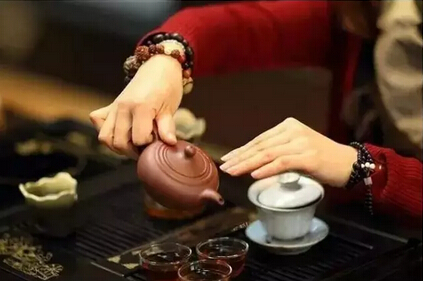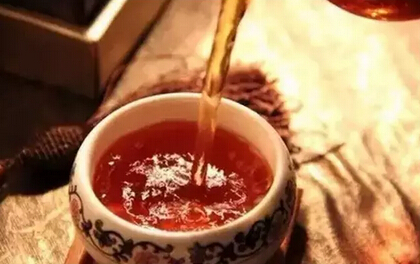Tea—which steeping tastes the best? You may have heard a saying that describes the flavor of each infusion.
It goes like this: "The first wash, the second tea, the third and fourth are the essence, the fifth and sixth are still good, the seventh steeping carries lingering fragrance, the eighth leaves a lasting taste, and the ninth and tenth still offer回味." At this point, it seems the answer is clear—the third and fourth steepings are the best. But is this really the case?

Indeed! When tea leaves are first steeped, the flavor hasn’t fully developed. The true taste of the tea isn’t yet apparent. By the third and fourth steepings, the leaves have fully unfurled, releasing their full flavor, making these infusions the most enjoyable. As steeping continues, the tea gradually becomes lighter, with the water’s taste becoming more pronounced, but the flavor remains pleasant.

Some people have deep emotional connections to each steeping, even describing them poetically. For example, the first steeping is likened to "love at first sight," the third to "the budding beauty of youth," the sixth to "the golden hues of autumn," and the ninth to "reluctance to leave." This illustrates that every steeping has its own charm—if one savors it mindfully, each infusion offers a unique experience.

The joy of tea lies in the evolving flavors with each steeping. Imagine if every infusion tasted the same—where would the pleasure of tea appreciation come from? From a flavor perspective, to determine which steeping is the best, one must taste each and draw their own conclusion. From a broader perspective, every cup of tea offers its own unique delight.